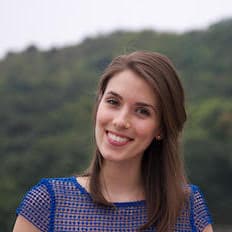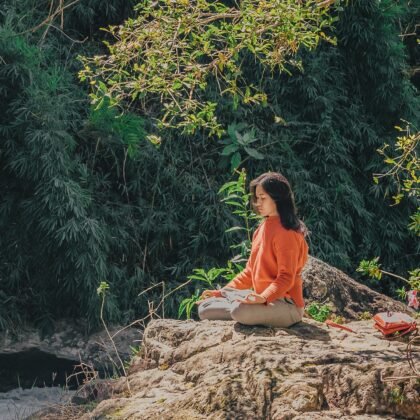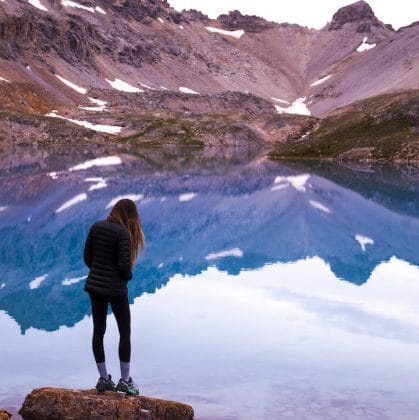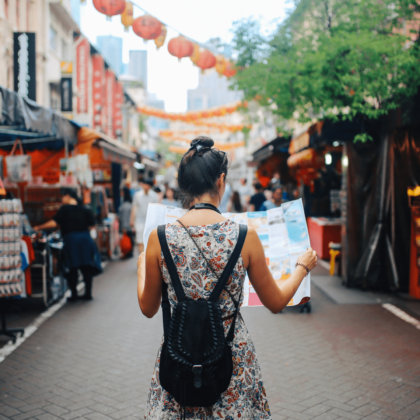Thinking of doing your YTT to become a certified yoga instructor? Here are some things to consider before you book.
Whether you’re looking to deepen your practice, understand the history of yoga, gain a stronger connection to yourself, or learn to teach, you’ll gain so much from completing your first 200-hour yoga teacher training programme. But picking just one of the many incredible programmes out there is a difficult task!
If you’re lucky, you already feel a strong connection or pull toward a school or a teacher you may have practised with. But what if not? From curriculum to cost, we’ve put together a handy guide on what to consider when choosing the right YTT programme for you.
Read more: The Best Yoga Studios And Classes In Hong Kong
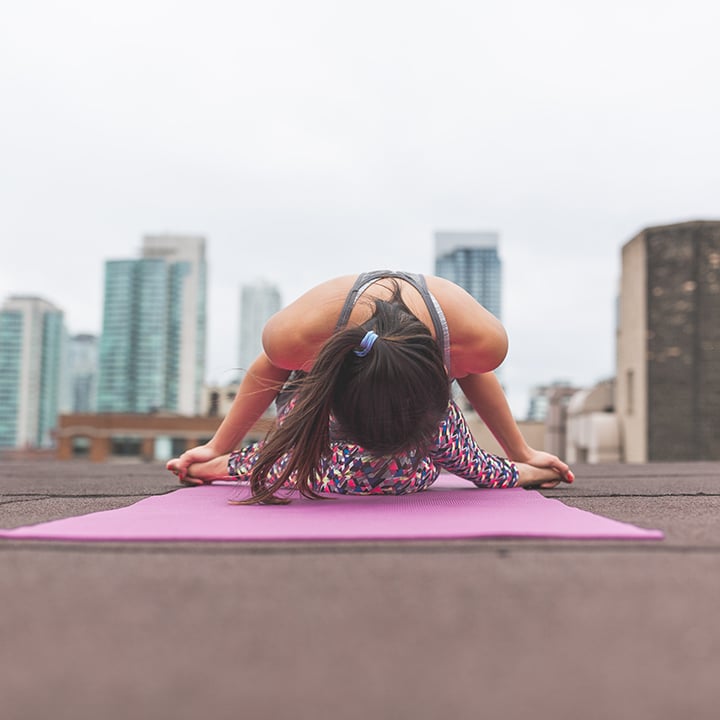
A word on acronyms…
If you’ve already been researching Yoga Teacher Training (YTT) programmes, you will likely have come across the Yoga Alliance and acronyms like RYS, RYT or ERYT. In case you’re not sure what that’s all about, here’s a brief breakdown.
The Yoga Alliance is the largest international organisation in the yoga community. Its set of standards is followed by yoga schools and teachers around the world. Schools that are Yoga Alliance certified (RYS – Registered Yoga Schools) adhere to these standards, and yoga instructors with an RYT (Registered Yoga Teacher) or ERYT (Experienced Registered Yoga Teacher) credential guarantee that their training and teaching experience meet Yoga Alliance Standards.
While a Yoga Alliance accreditation is a great place to start, it doesn’t guarantee that the school or teacher will be right for you. As with anything, it’s important to weigh up all the factors and do your own homework. It also doesn’t mean that other alliances or accreditations are any less respectable. But whichever school you choose to go with, make sure it is accredited somewhere. If you go with a less well-known accreditation and you’re looking to teach in a specific studio afterwards, make sure the certificate is definitely accepted by that studio.
With all that out of the way, let’s hop on the mat and get started.
1. Know your intention
Taking part in a yoga teacher training programme is a commitment. The standard first YTT certification is 200 hours and is usually completed over one month of intensive training and studying (though there are more flexible long-term weekend or weeknight options available here in Hong Kong).
It may seem trivial, but before you embark on a month-long quest, it’s important to consolidate your purpose and intention. Do you want to turn your passion into a business and become a yoga teacher? What kind of teacher do you want to be? Maybe you’re not looking to teach, but wanting to expand your practice and your knowledge of yoga? Being clear on your goal will help you decide which programme is right for you.
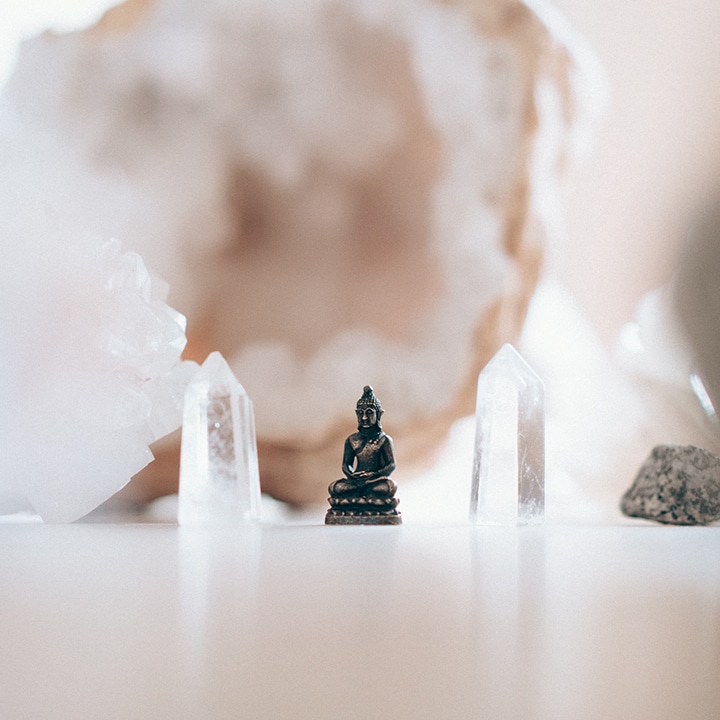
2. Yoga styles: to flow or not to flow?
Perhaps the most important aspect when choosing your yoga teacher training programme is deciding on what type of yoga you want to learn. Many of the first-certification programmes focus on Hatha or Ashtanga/Vinyasa yoga.
Seasoned yogis will be familiar with the difference between the two, but here’s a quick refresher. While Hatha is an umbrella term for the physical practice of yoga, you can expect a Hatha class to be slower in pace, with poses held for several breaths. Hatha classes are designed to align and calm your mind, body and spirit. Vinyasa classes will be slightly faster paced, with the intention of coordinating your movement with your breath, flowing from one pose to the next and building strength (and a sweat) along the way.
If you’re looking for something a little more specialised, there are also 200-hour programmes that focus on Yin yoga, Pranayama (breath work), meditation and more.
And it doesn’t have to stop there. Yoga is a journey and the offers for expanding your education are endless, from pre-natal or therapeutic yoga to aerial yoga, there’s no shortage of exciting fields to explore!
3. The YTT programme overview
During your YTT, in addition to (very) regular yoga practice, you can also look forward to broadening your knowledge of mind, body and spirit. Most yoga teacher training will offer at least an overview of the course curriculum on their website, and if the school is a RYS, it will presumably look something like this:
- Techniques, Training and Practice
The physical asana practice, during which you will learn everything from proper alignment of postures and pranayama techniques, to the Sanskrit name for each yoga pose (oh hello, Parivrtta Parsvakonasana). - Yoga Teaching Methodology
How do you structure a yoga class and asana sequences? While you’ll be encouraged to develop your own teaching style, 200-hour training programmes generally cover certain teaching skills and techniques, which will give you confidence when leading your first classes. - Anatomy & Physiology
You can’t practice yoga without understanding how your body moves. Self-practice is often led by intuition, or “listening to your body”, but guiding students is a different matter. As a yoga teacher, being familiar with anatomy, while understanding that every body is unique, is integral. Correct alignment goes a long way towards ensuring nobody gets injured. - Yoga Philosophy/Ethics/Lifestyle
A deep dive into yogic tradition, from Ayurvedic medicine and yoga philosophy to meditation, nutrition and spiritual practices – this is a broad category. You’ll probably be required to read ancient texts such as the Yoga Sutras and study the Eight Limbs of Yoga, but how much emphasis is placed on other elements depends on the school you choose. - Practicum
If you’re already picturing teaching your first class, this will probably be one of the areas you’re most looking forward to: the opportunity to test the waters and share with your fellow students!
In addition to checking out the curriculum, you can usually find a daily schedule online. Night owls, be warned: a month-long YTT is intensive and practice often starts early in the morning with – what else? – sun salutations.
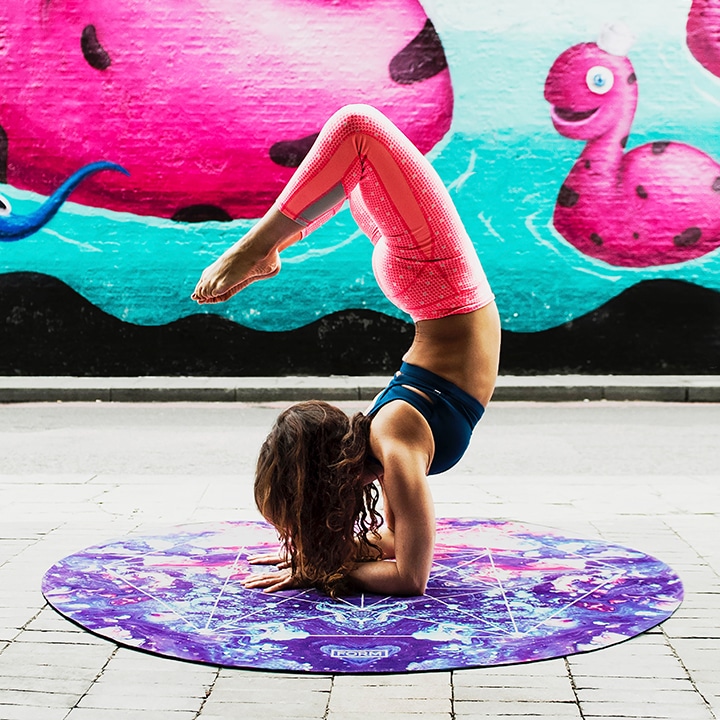
4. Meet your Gurus
200 hours – that’s a lot of time to spend with someone, not to mention soak up their words of wisdom. Yoga has its celebrities too and it can be tempting to pick a programme because it’s led by someone you follow on Instagram, but in order for someone to show you how to be a great teacher, they don’t need to be one of The Incredibles (read: hyper flexible, super strong).
If you’re not sure where to start, look for an instructor’s ERYT certifications, which will show you how many hours of training they have completed and what they’ve specialised in. You can also look for reviews on booking platforms or social media.
Think about whether you resonate with a teacher who embraces spiritual teachings, has a more traditional approach or enjoys creative and unusual asana practices. Some people feel incredibly motivated studying under a strong character, whilst others may look to learn from someone who mirrors the style they want to emulate. The most important factor here is that you feel a strong connection to your future teacher.
If you’re unsure, picking a programme which has multiple teachers for different parts of it, is also a good option.
5. Pricing Prana
A good Yoga Teacher Training programme doesn’t come cheap. Luckily, courses across Asia come in a broad range of price points, so you’re sure to find the right fit for you, without paying an arm and a leg.
In India, a 200-hour course will cost between HKD5,000 and HKD9,000, while in Bali courses start at around HKD12,000 and can cost up to HKD35,000, depending on which school you choose.
In Hong Kong, most 200-hour programmes cost around HKD20,000-30,000.
While this can seem like an intimidating number, keep in mind that the cost of overseas courses often includes accommodation, three meals a day and learnings that promise to benefit you for the rest of your life.

6. Seaside Shala or weekly studio?
Are idyllic images of open-air yoga shalas, dreamy jungle views, daily blessings and morning smoothie bowls coming to mind? If so, perhaps your YTT dreams are synonymous with Bali. Or perhaps you’re looking for a more traditional yoga setting? It doesn’t get more classic than Rishikesh in the Himalayas, the birthplace of yoga. Looking for a combination of Indian teaching with western-style accommodation? Look at Goa. Chiang Mai, Laos, Nepal, Siem Reap and Koh Samui are just some of the other options out there – and each place comes with its own wonderfully unique culture and characteristics.
If going abroad for a month isn’t an option, you can get certified right here in Hong Kong. Conveniently, programmes here tend to be designed for working professionals, with classes taking part in the evenings or at weekends.
7. Dates and timings
As most programmes abroad are around a month long and only offered on fixed dates, it’s important to double check your schedule before committing (even emotionally!) to a YTT programme or school. The great thing is that there are so many courses on offer throughout the year, you are bound to find one that resonates with you as well as your calendar.
Get inspired on websites like www.bookyogateachertraining.com, where you can search by date, location and price all at the same time. Om, yes please!
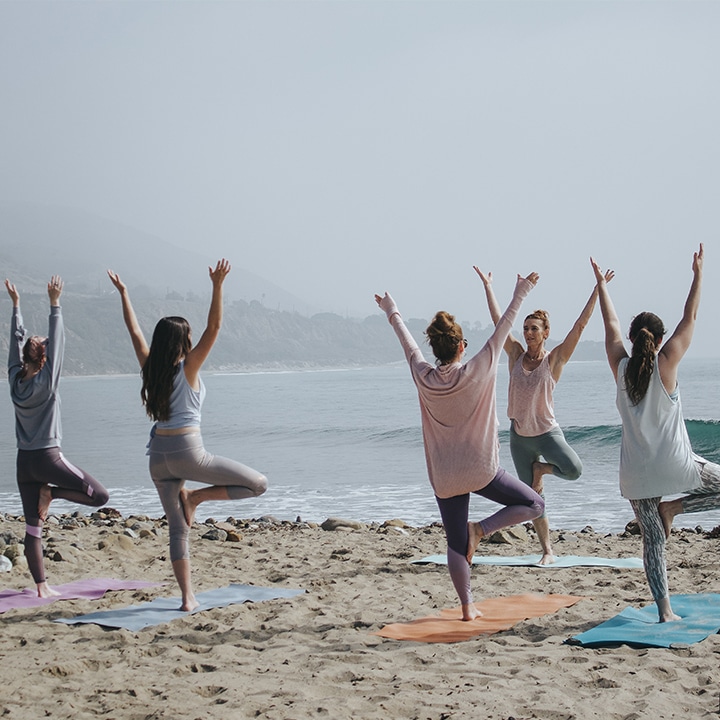
8. Course size
Get the most out of your YTT by looking for schools that offer smaller class sizes of around 20 students. You’ll benefit far more if you have the opportunity to build a personal connection with your teacher, not just during the course itself but throughout the course of your career, too!
Final note
Do your research: read reviews on Facebook, Google, the Yoga Alliance site and anywhere else you can find them. Stalk your school and your teachers on Instagram, Facebook and review sites. Most importantly, don’t be afraid to send them emails with any questions you have!
Be prepared: while it’s not necessary to be able to hold a half-hour plank or effortlessly chill out in Scorpion pose, it’s a good idea to have a regular practice in place already – at least an hour, 3-4 times a week. We’d also recommend getting familiar with the theory behind yoga and perhaps checking out some of the recommended reading for your YTT.
One more thing: just because you’ve completed a 200-hour YTT that is Yoga Alliance certified does not mean that you, yourself, are certified. This isn’t an issue – it’s not necessary to be certified to teach. However, having a Yoga Alliance certification can give you something concrete to offer when you’re just starting your yoga journey and some employers might ask for one. Find out what’s needed for that here.
We hope you found some helpful guidance here and will find a Yoga Teacher Training programme that’s just right for you.
Good luck on your journey – Namaste!
Read more: What is MBSR? What To Expect From A Mindfulness Based Stress Reduction Programme





 Eat & Drink
Eat & Drink
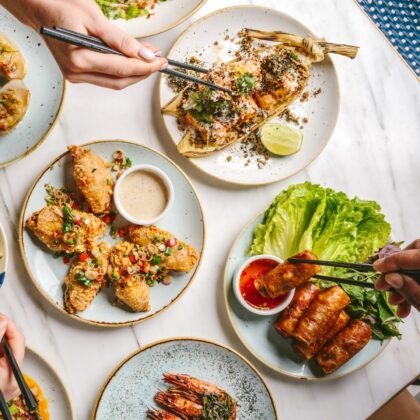


 Travel
Travel
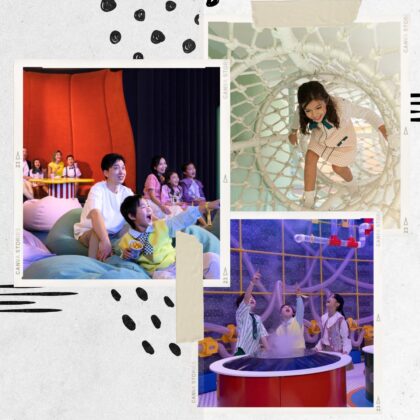

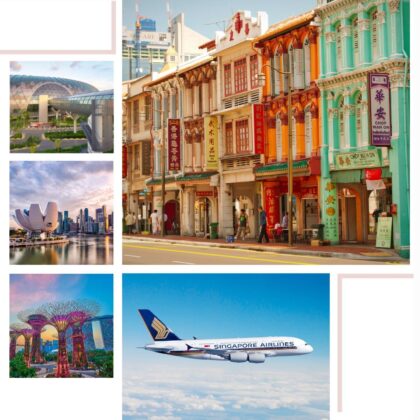
 Style
Style


 Beauty
Beauty
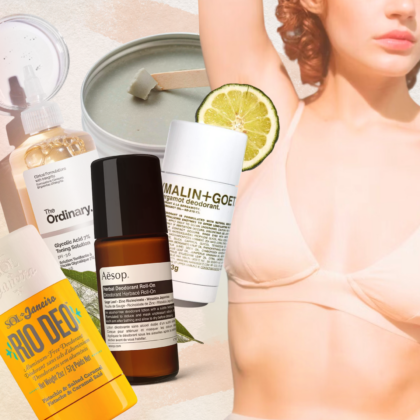


 Health & Wellness
Health & Wellness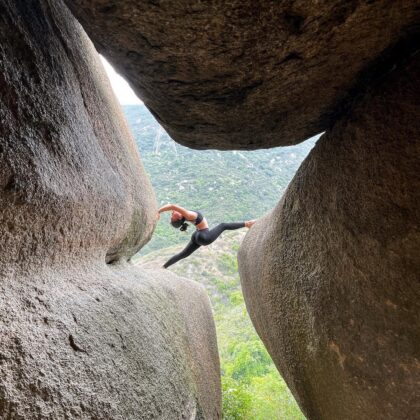
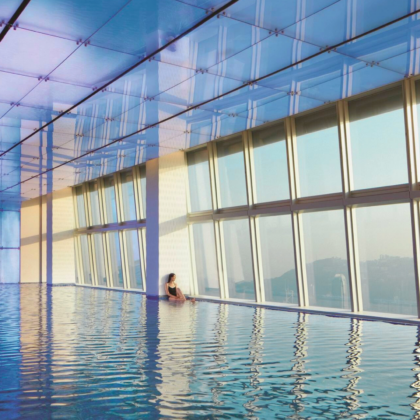

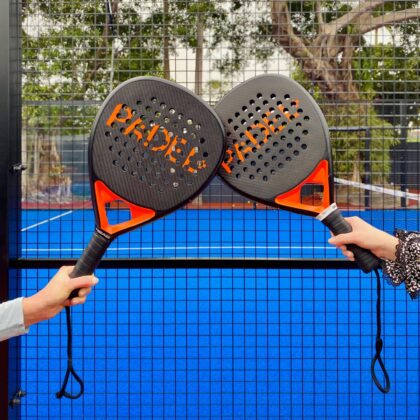
 Home & Decor
Home & Decor
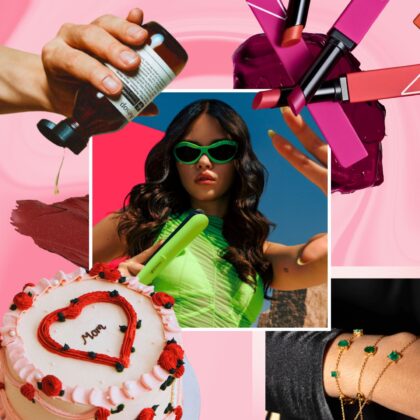

 Lifestyle
Lifestyle
 Weddings
Weddings




